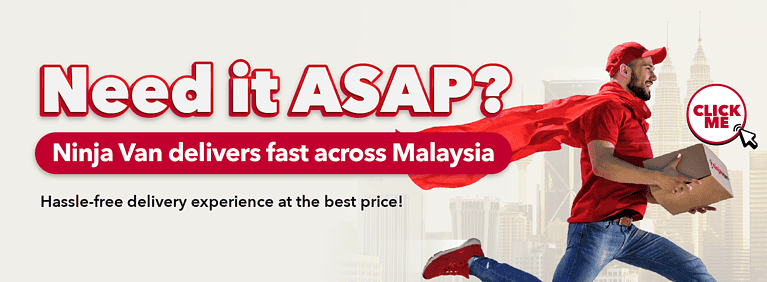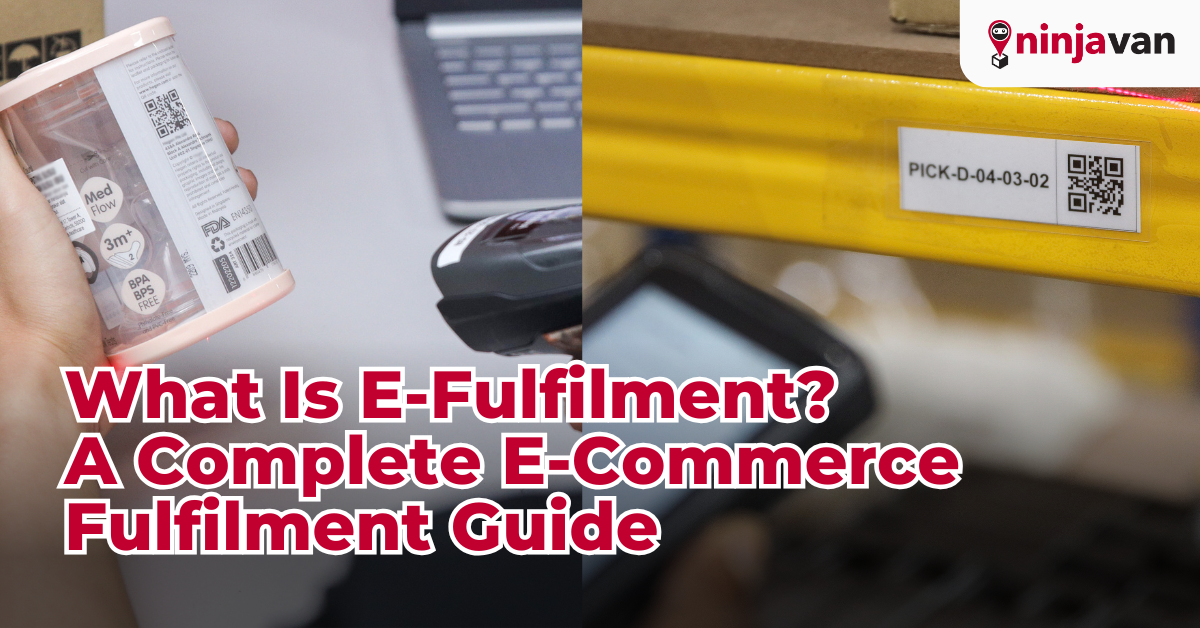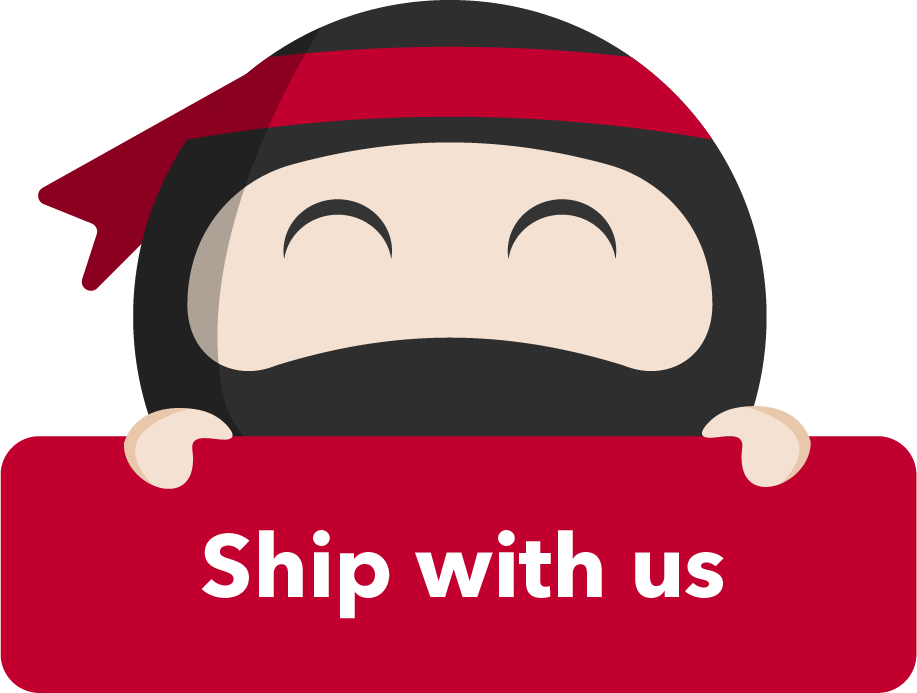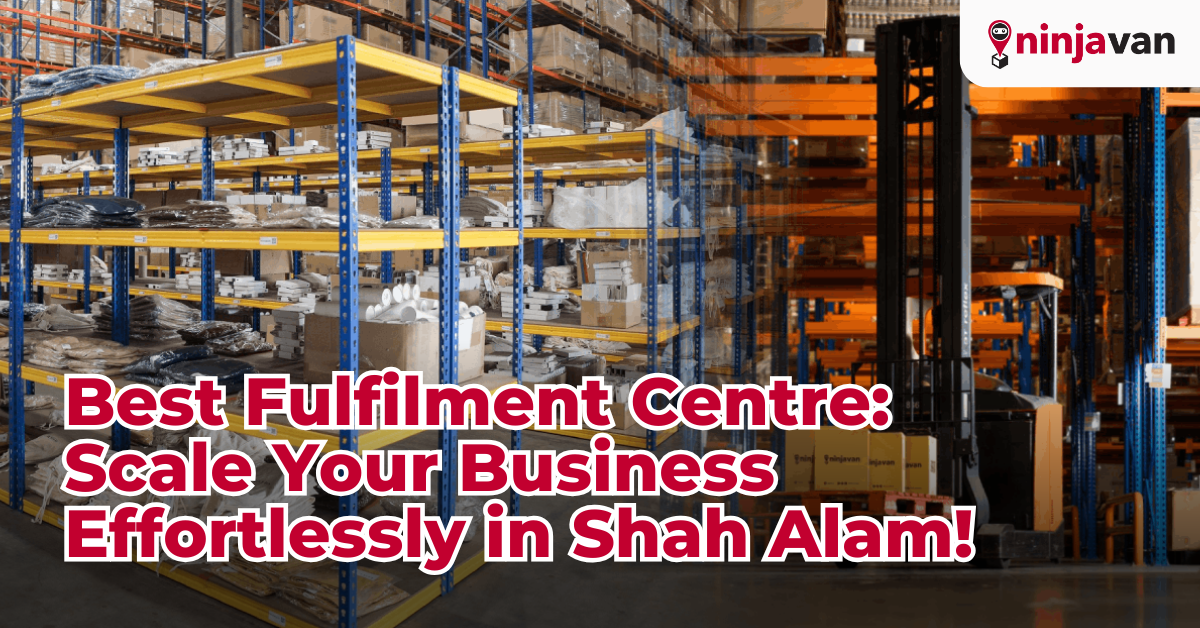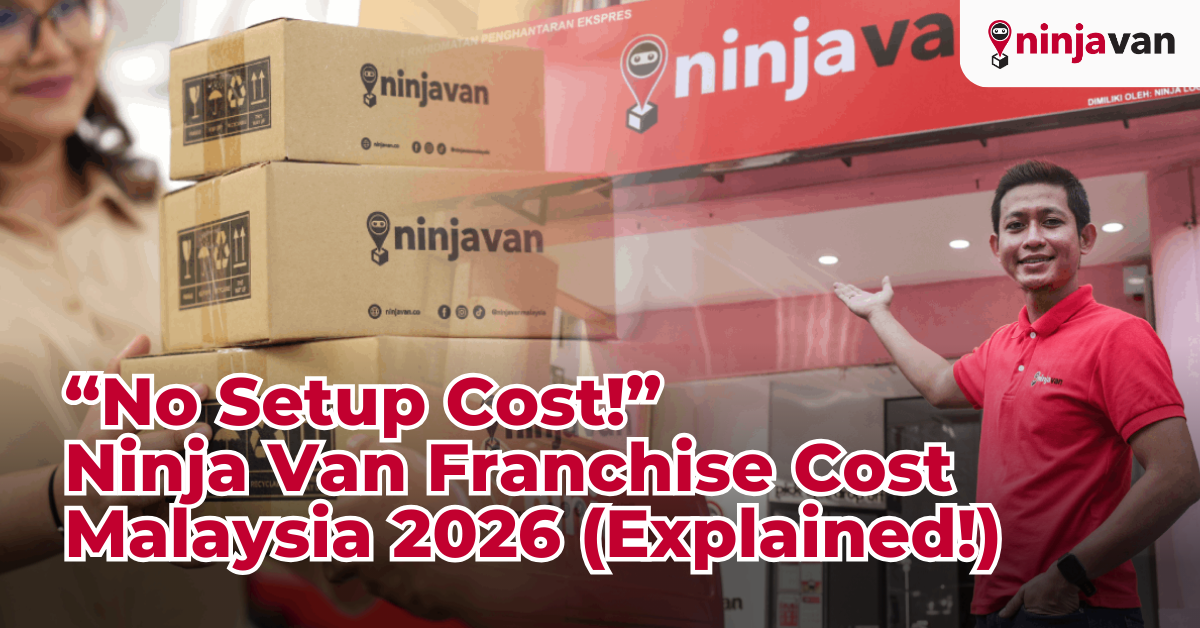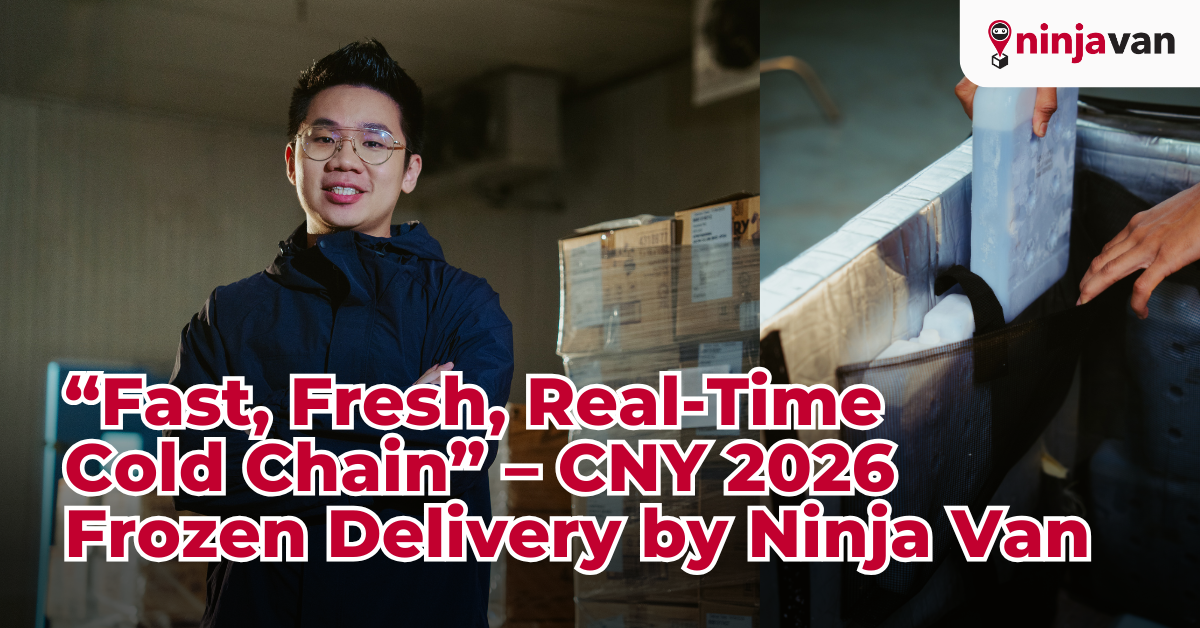Fulfilment (also spelled “fulfillment”)…
…has become a critical differentiator. But when people talk about e-fulfilment, what do they really mean? Is it just about shipping orders? Or is it a broader, more strategic function?
In this post, we’ll unpack e-fulfilment—its meaning, mechanics, benefits, trade-offs, real use cases, and answer common questions. If you’re an online brand, marketplace seller, or logistics decision-maker trying to understand how order operations can scale, this is for you.
🌍 Terminology & Key Concepts
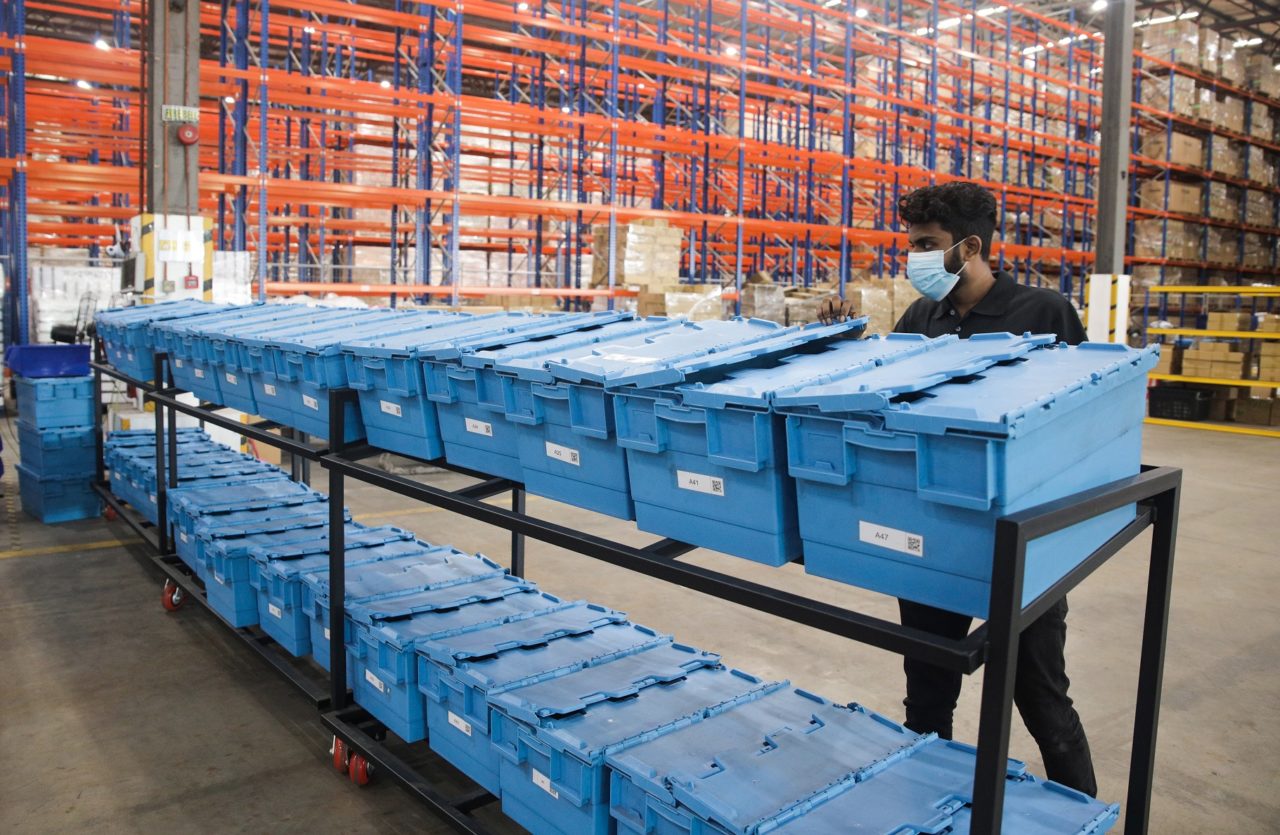
Before diving in, let’s clarify some industry terms you’ll often see in the e-fulfilment space:
| Term | Definition |
|---|---|
| Fulfilment / Fulfillment | The end-to-end process of handling customer orders—receiving, storing, picking, packing, shipping, and handling returns. |
| E-fulfilment (or ecommerce fulfilment) | Fulfilment specifically tailored for e-commerce operations (i.e. direct-to-consumer (D2C), marketplace sellers, etc.). It emphasizes piece-level handling, speed, and consumer expectations. |
| Warehousing | The storage of goods in a warehouse facility. In some models, warehousing is separated from fulfilment (bulk storage, B2B focus). |
| Last-mile delivery | The final leg in the shipping chain when a parcel moves from a local hub to the end customer’s doorstep. |
| Pick & Pack | The process of selecting (picking) items from inventory, then packing them into parcels or boxes for shipment. |
| Inbound / Outbound | Inbound refers to receiving and stocking inventory; outbound refers to fulfilling and shipping orders. |
| Scalability | The ability of a fulfilment system to increase capacity during peak periods (e.g. holidays, flash sales). |
| Integration / API | The technical connectivity that lets your e-commerce platform or ERP (enterprise resource planning) talk directly to fulfilment systems—so orders, stock, and updates sync automatically. |
When you see “e-fulfilment vs warehousing,” the distinction often lies in handling complexity, volume, and consumer expectations. For example, Ninja Van’s fulfilment service contrasts high-volume, fast, piece-level order handling vs traditional bulk storage for B2B or resellers.
⚙️ How E-Fulfilment Works (Step by Step)

Here’s a simplified flow of how e-fulfilment typically functions:
1. Inventory Inbound / Receiving
Your goods arrive at the fulfilment center. Staff scan, verify quantities, check quality, and stock them into their correct bins or zones.
2. Inventory Storage & Management
Items are stored in racks, shelves, or bins. Advanced systems maintain a dynamic inventory management system (IMS) that tracks stock levels, location, and turnover.
3. Order Reception & Processing
When a customer places an order, the system pushes that order to the fulfilment software. It allocates items, prioritizes picks, and schedules packing.
4. Pick & Pack
Fulfillment staff pick individual items (or multiples) from storage locations. Then they pack them—sometimes with branded packaging or inserts, applying packing slips, labels, and securing for shipment.
5. Shipping / Dispatch
Packaged orders are handed over to courier or logistics partners for last-mile delivery, or sometimes long-distance freight if cross-border.
6. Tracking & Notifications
The system provides real-time tracking, sending updates to customers (e.g. “shipped,” “in transit,” “delivered”). You as the merchant also monitor through dashboards.
7. Returns / Reverse Logistics
E-fulfilment operations often support returns: inspecting returned goods, restocking, refunding, or disposing damaged items.
8. Analytics & Optimization
Ongoing monitoring (KPIs) drives process refinement: data on order fulfillment time, error rate, inventory turnover, cost per order, etc.
📢 One of the key advantages of modern e-fulfilment providers (like Ninja Van) is scalability and adapting to demand spikes, like promotions, seasonal peaks, etc. Reach out to Ninja Van to know more about our end-to-end Fulfilment.
Benefits vs Trade-Offs of E-Fulfilment

1. Speed & Accuracy
Because e-fulfilment is optimized for piece-level handling and tech-enabled flows, orders are fulfilled faster and with fewer errors.
2. Scalability & Flexibility
You pay as you use: ramp up during peak seasons; scale down when things slow. You’re not tied to fixed labor or space.
3. Cost Efficiency (Operational Savings)
Outsourcing to specialists often yields lower fulfillment cost per order, since they amortize infrastructure and labor across many clients.
4. Integration & Visibility
API / software integrations sync orders, inventory, and status across your systems—reducing manual work and errors.
5. Geographic Reach / Last-mile Network
Providers often have dense logistics networks, allowing faster delivery across cities or countries.
6. Opportunity to Focus on Core Business
You can concentrate on marketing, product development, and growth rather than micromanaging logistics.
1. Loss of some control
You relinquish hands-on oversight of picking, packing quality, and carrier selection.
2. Dependence on Provider’s Reliability
If your fulfilment provider has system downtime, labor shortages, or disruptions, your brand and customer experience suffer.
3. Integration & Onboarding Complexity
Connecting your systems, migrating inventory, and training new workflows take time and resources.
4. Cost Sensitivity
While per-order costs may drop, if your volumes are low or your products are bulky / heavy, e-fulfilment pricing may not be cost-effective.
5. Branding or Custom Packaging Constraints
Some fulfilment operations may limit how customized packaging or inserts you can use without incurring extra fees.
6. Returns & Reverse Logistics Complexity
Handling returns is inherently messy; not all providers offer robust reverse logistics or inspection at scale.
👉 Want to compare fulfilment providers? Ask us for a side-by-side quote or integration roadmap.
Use Cases & Real Scenarios
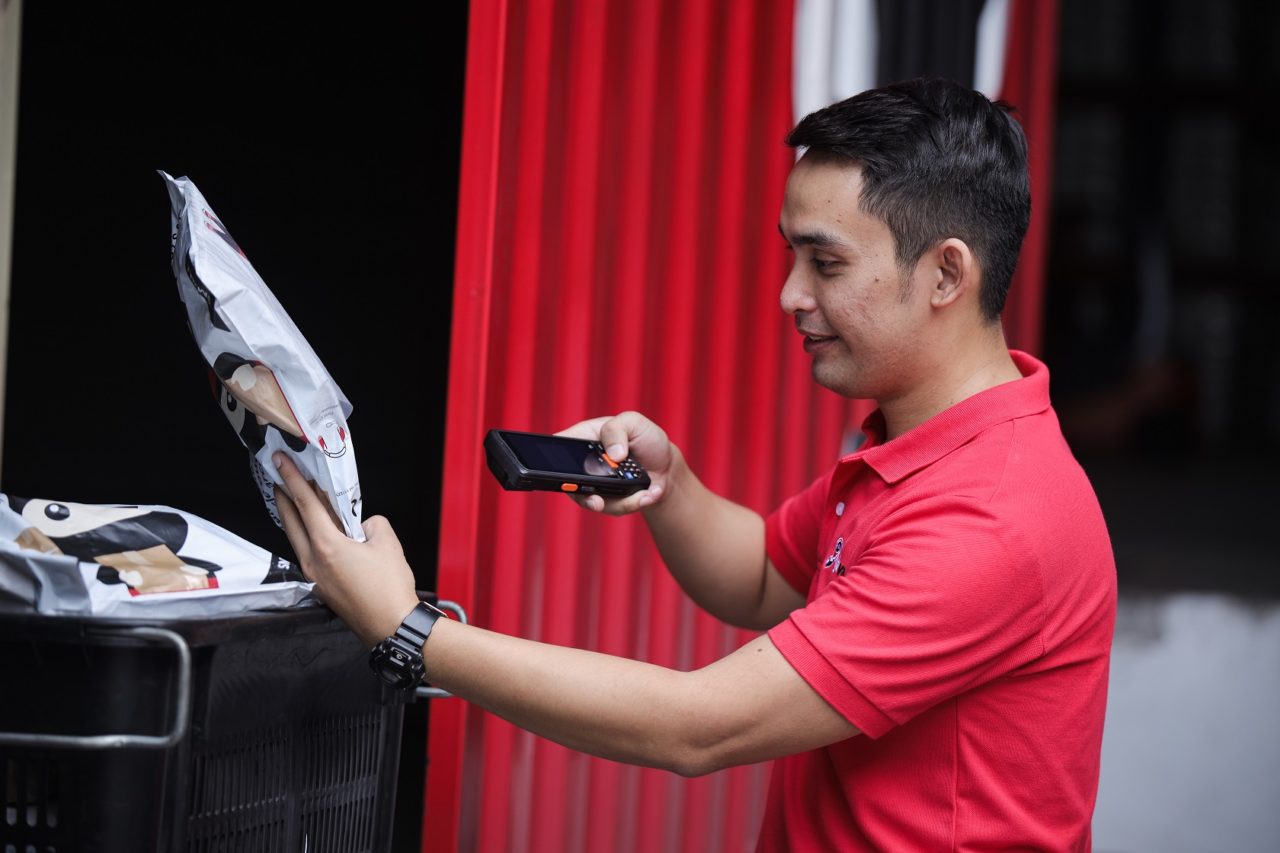
Here are scenarios where e-fulfilment is especially relevant:
| D2C (Direct-to-Consumer) Brands | Multichannel / Omnichannel Sellers | Product Launches / Flash Sales | Subscription / Replenishment E-Commerce | Marketplace Sellers Scaling Up |
| You sell your own brand via your site or marketplaces (Shopee, Lazada, Shopify store). You need fast, reliable fulfilment to deliver to end customers. | You sell on your site, marketplaces, social commerce, and perhaps physical pop-ups. E-fulfilment consolidates orders across channels. | You expect demand surges. You need a scalable fulfilment partner who can handle occasional spikes without service breakdown. Understand more how Ninja Van scale fulfilment together with warehousing in this article. | You have recurring orders (e.g., vitamins, beauty, pet care). Having a fulfillment engine with good inventory forecasting and auto-reordering is vital. | If you started small and now your volume is growing, stepping into e-fulfillment helps you offload operational friction and stabilize your delivery reliability. |
Frequently Asked Questions (FAQs)
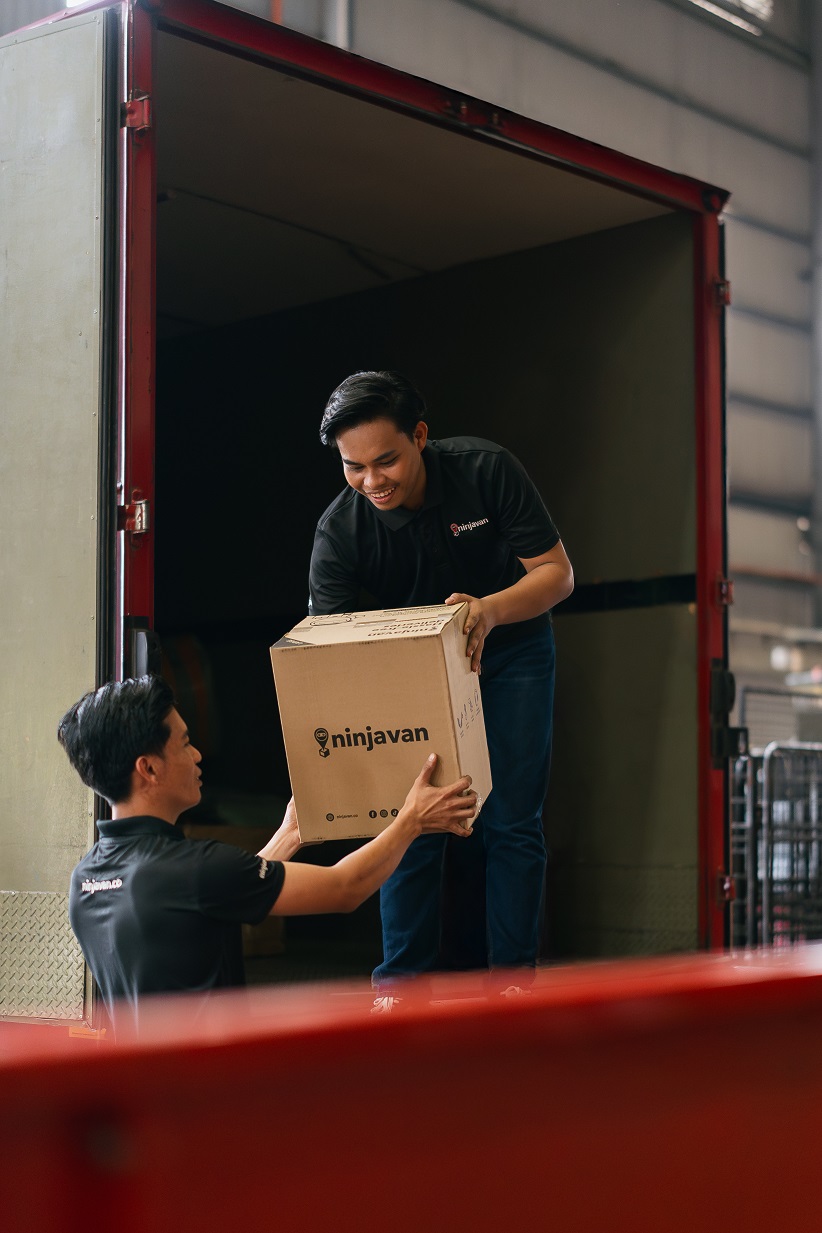
A: Typically, non-perishable, non-hazardous goods within standard shipping dimensions and weight limits. Ninja Van handles fashion, cosmetics, electronics, FMCG, and more, but excludes items beyond safety limits. Know more about this by sending us your inquiries here.
A: There is no one-size. Costs depend on item size, weight, picking complexity, packaging, storage days, and delivery distance. Most providers offer a custom quote. Ninja Van quotes based on product specs. Understand this better by sending us your inquiries here.
A: Yes. A key advantage is elasticity: you can increase or decrease storage and order handling capacity per demand. Check our full start-to-end fulfilment process here.
Key Takeaways
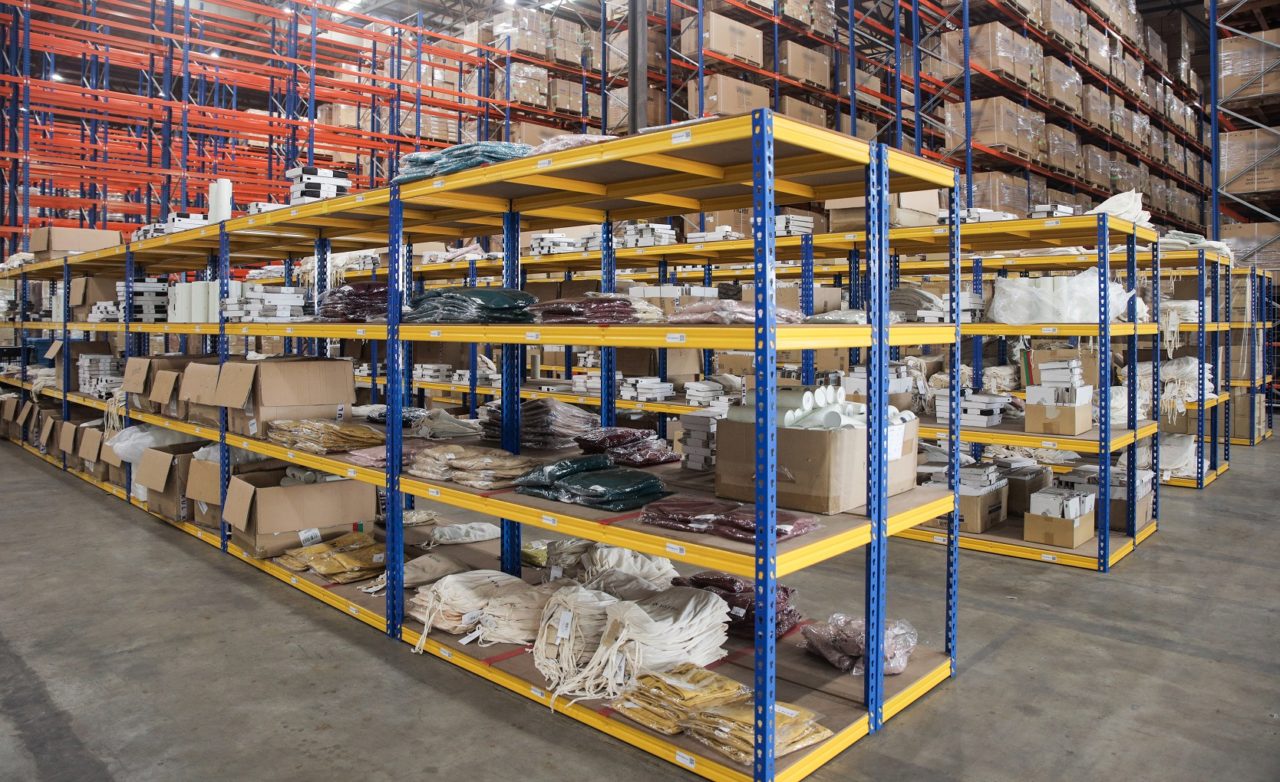
- E-fulfilment is more than shipping—it’s a holistic system optimized for e-commerce order management, from inbound to returns.
- The distinction between e-fulfilment and warehousing lies in piece-level operations, speed, integration, and customer expectations.
- The typical workflow spans inventory receipt, management, order processing, pick & pack, shipping, tracking, and returns.
- Benefits include speed, scalability, cost efficiency, integration, and allowing you to focus on your core business; trade-offs include less direct control, integration challenges, and dependency on the provider.
- Use cases include D2C brands, multichannel sellers, regional expansion, flash sale events, subscriptions, and scaling marketplace presence. Full transparency, look at our list of Ninja Van’s clients here.
- Be sure to evaluate cost structure, integration capabilities, fulfillment provider reliability, and the provider’s logistics footprint.
👉 Ready to see how much e-fulfilment would cost for your products? Submit your product specs and get a customized quote now.
Additional Tips & Considerations
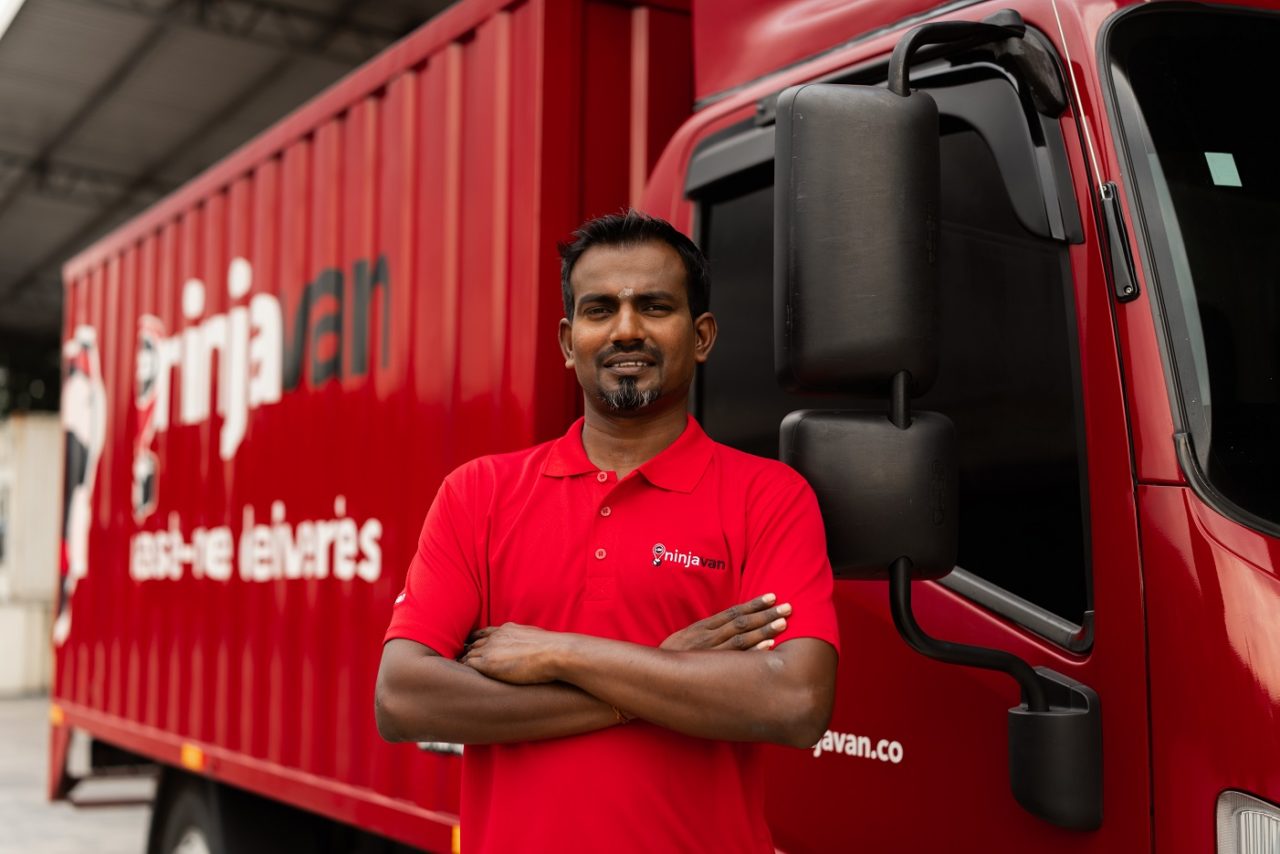
- KPI Tracking & SLAs: Before committing, ensure your provider pledges Service Level Agreements (SLAs) on order lead time, accuracy, and returns handling.
- Data & Forecasting Collaboration: Share your sales forecasts and promotions ahead of time so the fulfilment partner can prepare inventory flow. (Related read: Sales Forecasting: Domino Effect of Misjudged Demand)
- Packaging Optimization: Work together on right-sized packaging to reduce dimensional weight charges.
- Security & Compliance: Ensure the fulfilment center handles security, insurance, and compliance (e.g. hazardous material exclusions) properly.
- Transparency & Dashboards: Ensure your provider offers a dashboard or portal so you can monitor orders, inventory, and performance metrics in real time.
- Regional Footprint & Network Density: The closer your fulfilment nodes are to your customers, the lower last-mile cost and faster delivery.
Final Thoughts

Now that you’ve got a clear understanding of what e-fulfilment is, how it works, its benefits and trade-offs, and real use cases, the next step is execution. The right fulfilment partner can help you scale faster, improve customer satisfaction, and free your resources for growth.
